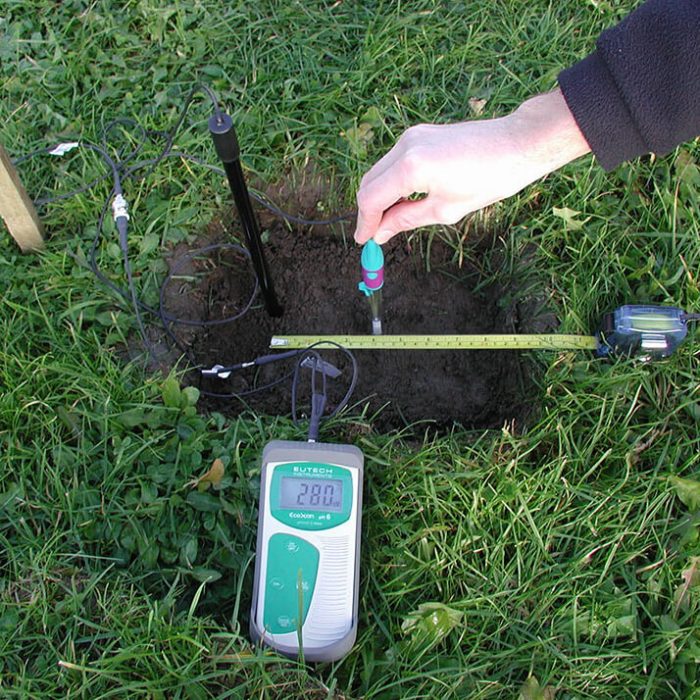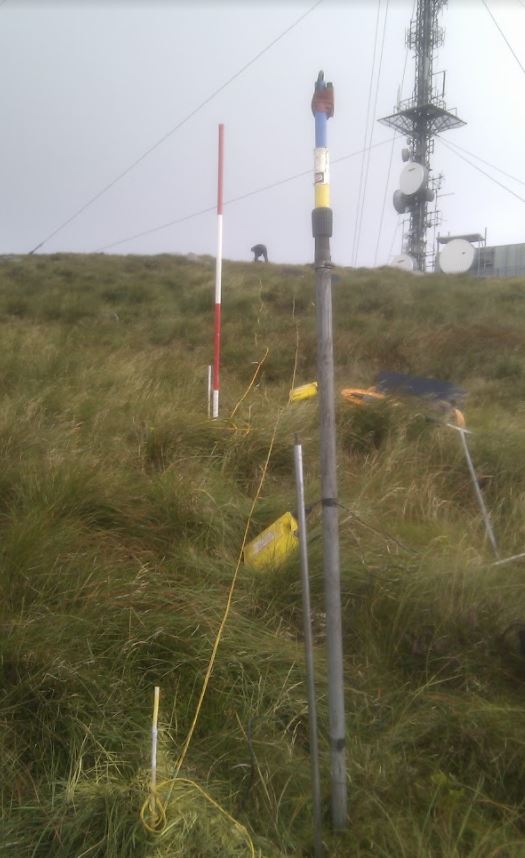Assessing Soil Suitability
In-Situ Soil Testing
In-situ soil testing is a low cost and effective way during a ground investigation programme to maximise the information output.
Testing ‘on location’ reduces the requirement for testing on disturbed samples that have to be excavated, transported and reconfigured in a lab.
Testing values obtained can be used by design engineers to determine the most suitable and cost efficient pipeline or cable type.

Soil Resistivity Surveying
On-Site Electrical, Chemical & Thermal Properties Testing

Seismics Surveying
These measurements determine soil resistivity versus depth (Vertical Electrical Sounding VES), typically from 0.5 m to over 50m below ground level. This information is used by electrical engineers to design earthing systems for power installations like substations and wind turbines.
These tests are carried out at shallower penetration depth of up to 3 metres for the protection of metal pipes, or concrete pipelines and foundations. The mapping is generally repeated at intervals along a route.
The redox potential in soil is determined in shallow hand dug pits or deeper machine trial pits at proposed locations for bridges and foundations.
Electrodes are inserted into the soil and values taken to measure chemical interaction expected between the soil and underground structures to assist with materials selection.
This application is for underground systems where heat may dissipate into the ground, like underground High Voltage cables. Measurements are made in a trial pit at proposed cable depth, typically ~ 1-3 metres below ground level.
